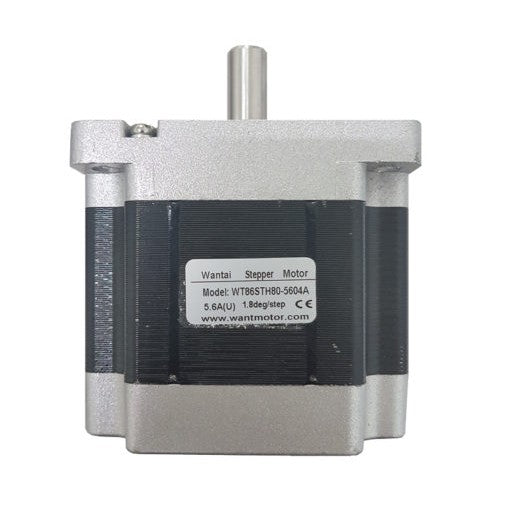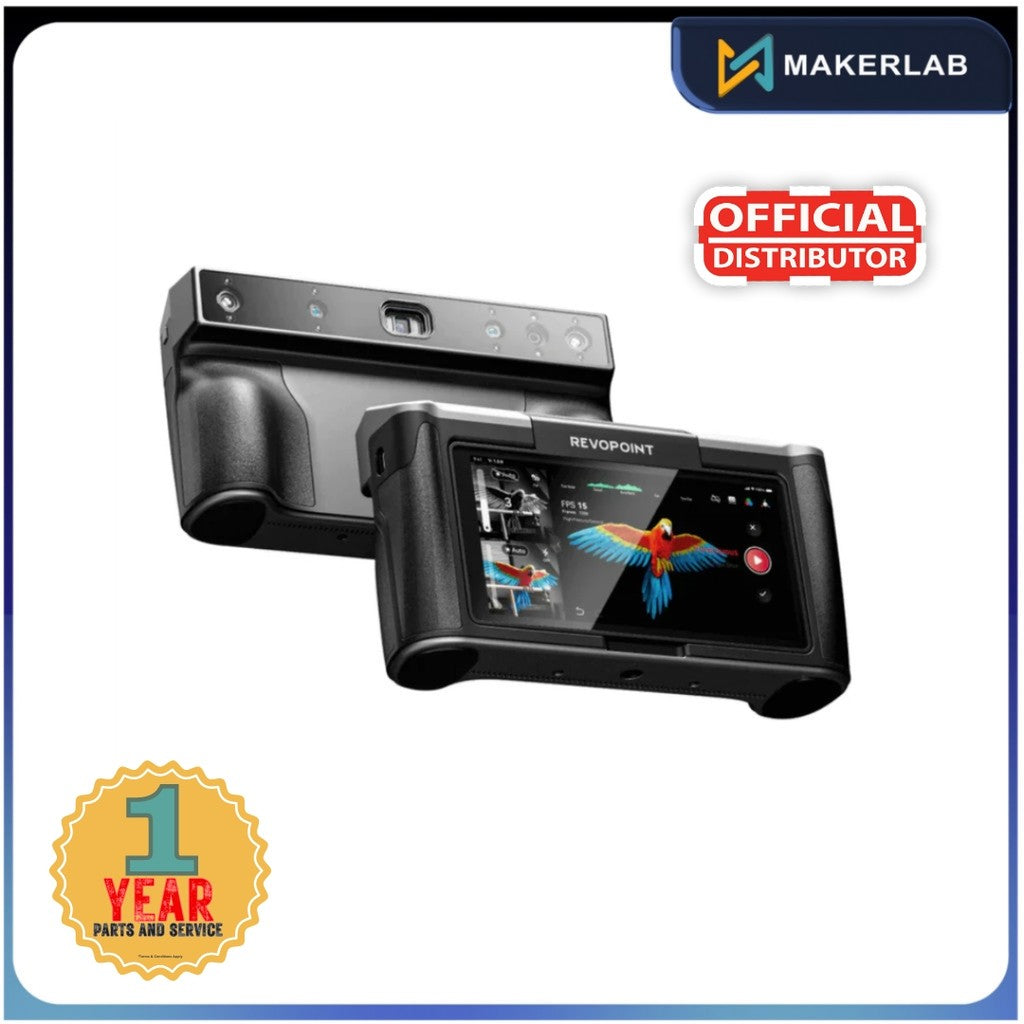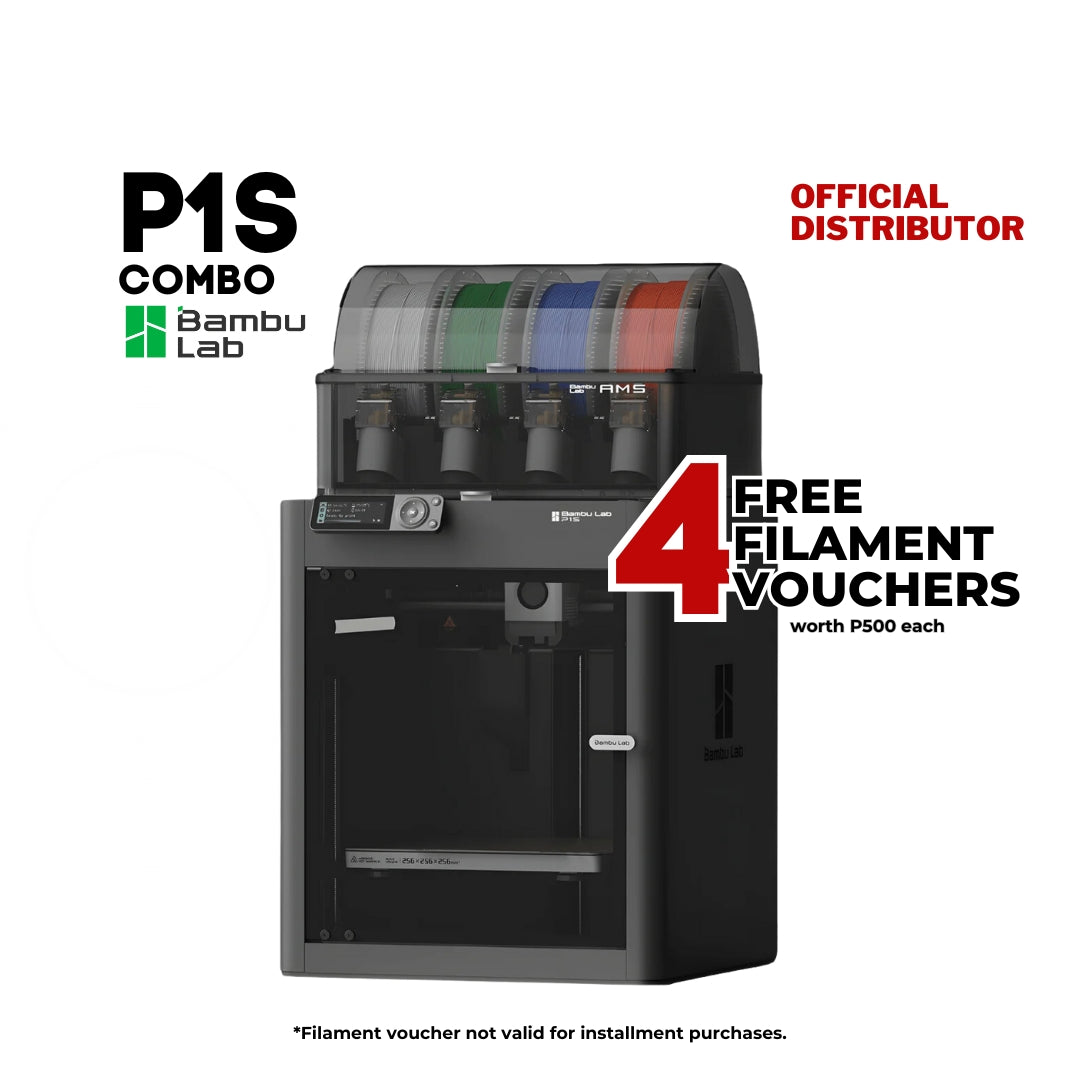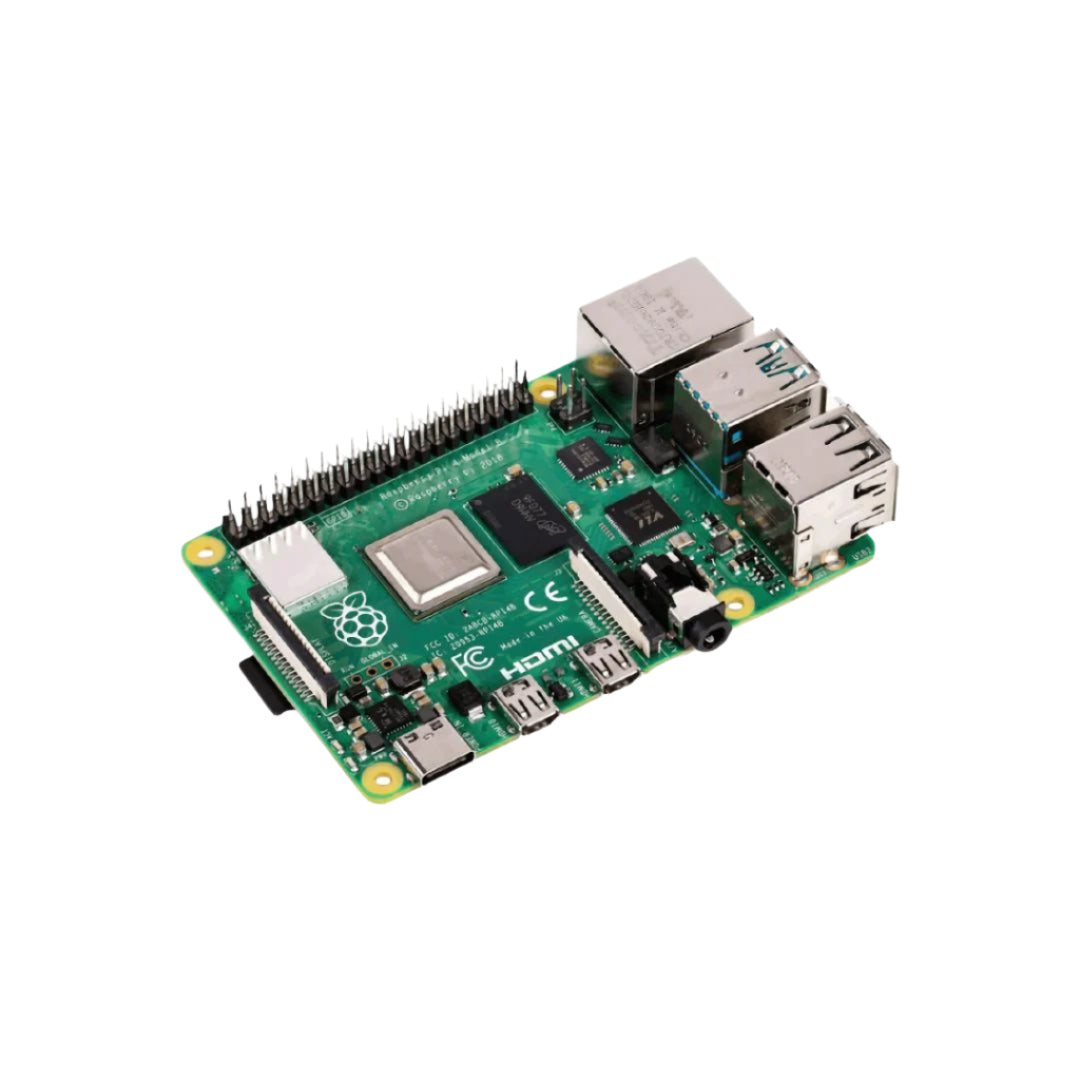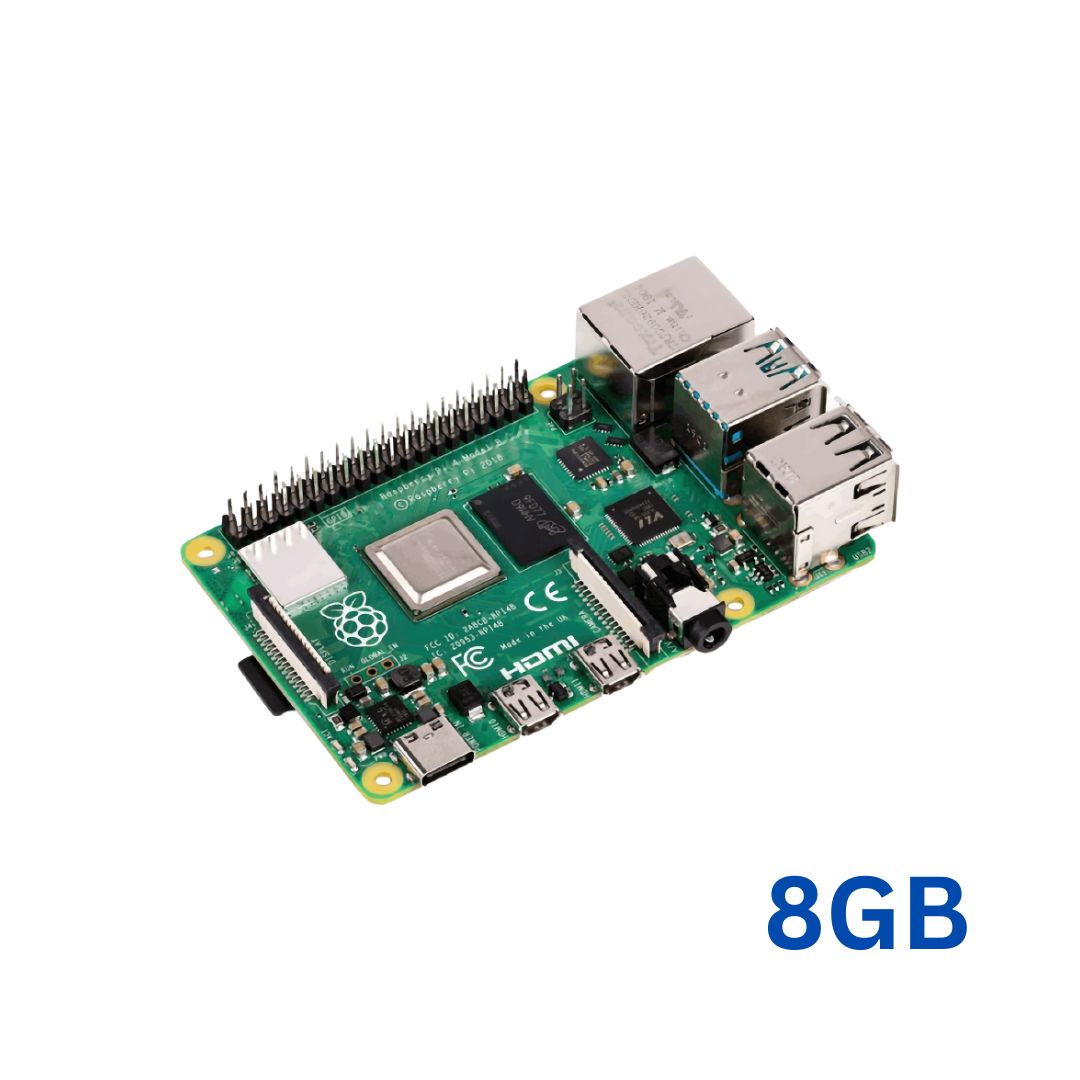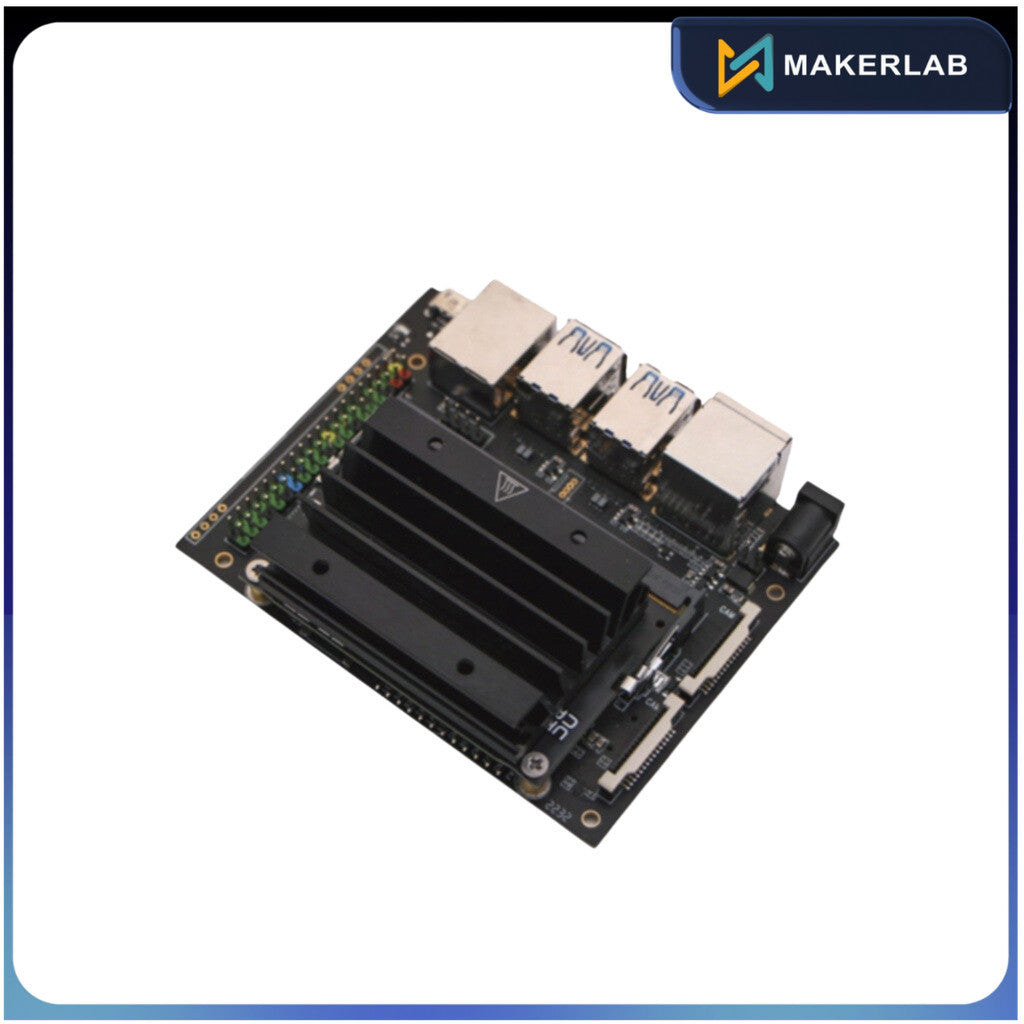1
/
of
1
SKU:MLE00416
Wantai Stepper Motor Nema 34 80mm 45kg-cm WT86STH80-5604A
₱2,790.00
₱2,790.00
Sale
Sold out
Tax included.
Shipping calculated at checkout.
Loading locations...
Or 3 months for only ₱1,000 with  . Learn More.
. Learn More.
 . Learn More.
. Learn More.
Couldn't load pickup availability
Share
About the Product
Stepper Motor NEMA 34 45kg-cm
Our Stepper Motor Nema 34 45kg-cm are great for position control. They can be found in desktop printers, plotters, 3d printers, CNC milling machines, and anything else requiring precise position control. These are a special segment of brushless motors. They are purposely built for high-holding torque. This high-holding torque gives the user the ability to incrementally “step” to the next position. This results in a simple positioning system that doesn’t require an encoder. This makes stepper motor controllers very simple to build and use.
This is a Bipolar stepper
Technical Specification
| Form Factor | Nema 34 |
| Step Angle | 1.8 deg. |
| Motor Length | 80 mm |
| Rated Voltage | 2.2 V |
| Rated Current | 5.5A |
| Phase Resistance | 0.4 Ohms |
| Phase Inductance | 3.5 mH |
| Holding Torque | 45 kg-cm |
| No. of Lead Wires | 4 |
| Detent Torque | 6.5 N-cm |
| Motor Weight | 1 kg |
Wiring Diagram

Mechanical Dimension
The following diagram shows the stepper motor dimensions in mm.

Advantages
- Low cost for control achieved
- High torque at startup and low speeds
- Ruggedness
- Simplicity of construction
- Can operate in an open loop control system
- Low maintenance
- Less likely to stall or slip
- Will work in any environment
- Can be used in robotics on a wide scale.
- High reliability
- The rotation angle of the motor is proportional to the input pulse.
- The motor has full torque at standstill (if the windings are energized)
- Precise positioning and repeatability of movement since good stepper motors have an accuracy of 3 – 5% of a step and this error is non-cumulative from one step to the next.
- Excellent response to starting/stopping/reversing.
- Very reliable since there are no contact brushes in the motor. Therefore the life of the motor is simply dependant on the life of the bearing.
- The motors response to digital input pulses provides open-loop control, making the motor simpler and less costly to control.
- It is possible to achieve very low-speed synchronous rotation with a load that is directly coupled to the shaft.
- A wide range of rotational speeds can be realized as the speed is proportional to the frequency of the input pulses.
Disadvantages
- Require a dedicated control circuit
- Use more current than D.C. motors
- Torque reduces at higher speeds
- Resonances can occur if not properly controlled.
- Not easy to operate at extremely high speeds.
